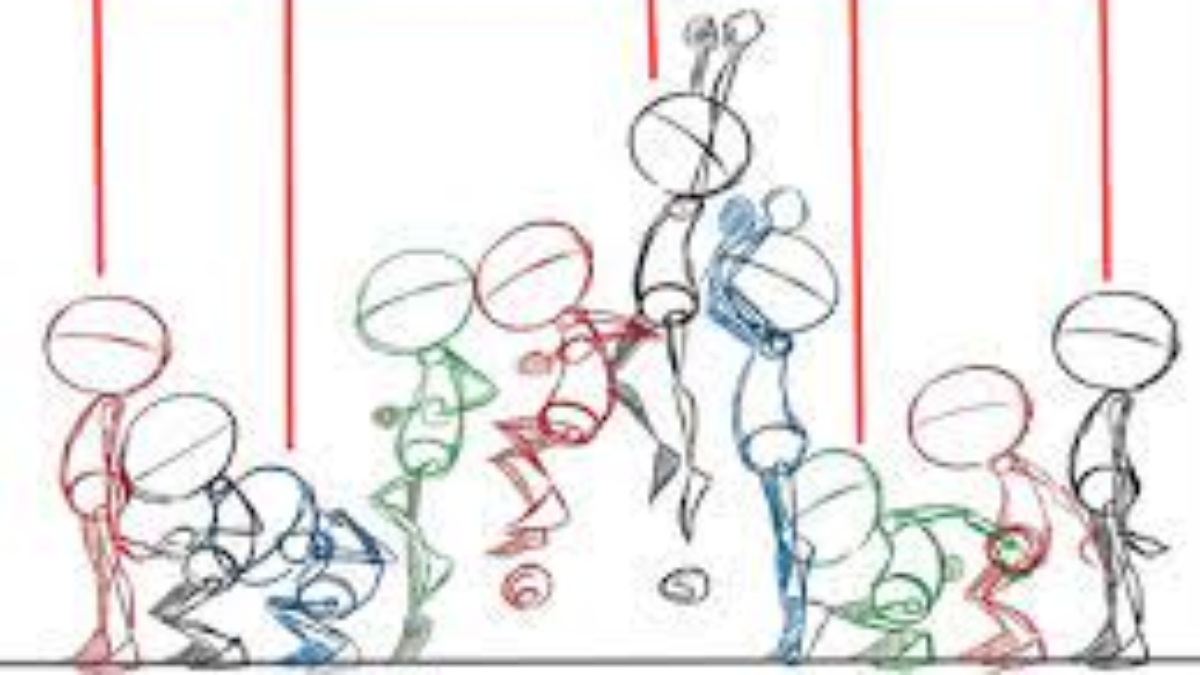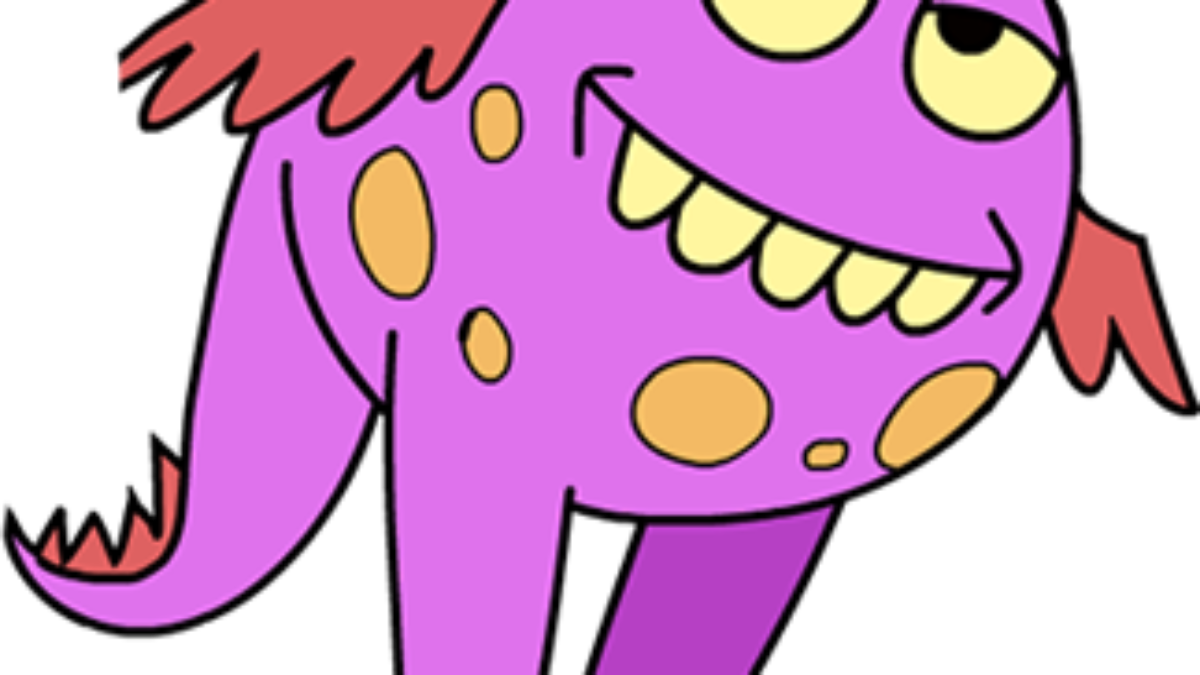In the world of storytelling, whether it’s in movies, video games, animation, or even literature, characters play a pivotal role in capturing the audience’s imagination and emotions. Character design is the process of crafting these vital personas, breathing life into them, and making them memorable. It’s an art form that combines creativity, psychology, and aesthetics to create characters that resonate with audiences. We will delve into the fascinating world of character design and explore how it brings personalities to life.
1. Understanding the Character’s Role
The first step in character design is to understand the character’s role in the story. Is the character a hero, a villain, a sidekick, or a supporting character? The character’s role will influence their appearance, personality, and characteristics. For example, a hero might be designed with strong, heroic features, while a villain might have more sinister and menacing traits.
2. Visual Elements: Shape, Proportion, and Silhouette
Character design heavily relies on visual elements to convey personality. Shapes, proportions, and silhouettes are essential in creating characters that communicate their traits even before they speak or act. A character with broad shoulders and a square jawline might convey strength and confidence, while a character with a slender build and delicate features could suggest vulnerability or grace.
3. Color Palette and Symbolism
Color plays a significant role in character design. Different colors can evoke specific emotions or associations. For instance, red can symbolize passion or danger, while blue may represent calmness or sadness. Character designers choose colors carefully to align with the character’s personality and story. The colors used in a character’s costume or overall design can convey important information about their background, intentions, and emotions.
4. Costume and Accessories
A character’s clothing and accessories are not just fashion statements; they are storytelling tools. A well-designed costume can reveal a character’s occupation, social status, time period, and personal preferences. Accessories like jewelry, hats, or weapons can add depth to a character’s backstory and personality. For example, a detective might wear a trench coat and carry a magnifying glass, instantly communicating their profession and demeanor.
5. Facial Expressions and Body Language
Character designers must also consider how their creations will express themselves. Facial expressions and body language are crucial for conveying emotions and attitudes. A character with expressive eyes, a quirky smile, or a distinctive posture can be instantly relatable and memorable.
6. Character Arc and Development
A great character design considers the character’s growth and development throughout the story. As the character evolves, their appearance and demeanor should reflect these changes. This not only adds depth to the character but also enhances the storytelling experience.
7. Cultural and Historical Context
Characters don’t exist in a vacuum; they are influenced by their cultural and historical context. Understanding the world in which your character lives can inform their design. Whether it’s a futuristic space explorer or a medieval knight, the character’s design should be consistent with the world they inhabit.
Conclusion
Character design is a multifaceted art that blends creativity with storytelling. It’s about more than just creating visually appealing characters; it’s about bringing personalities to life. A well-designed character can evoke a wide range of emotions, engage the audience, and leave a lasting impression. From their appearance to their costume, from their expressions to their backstory, every element of a character’s design contributes to the magic of storytelling. So next time you’re captivated by a character on screen or in a book, take a moment to appreciate the artistry and thought that went into bringing that personality to life.


